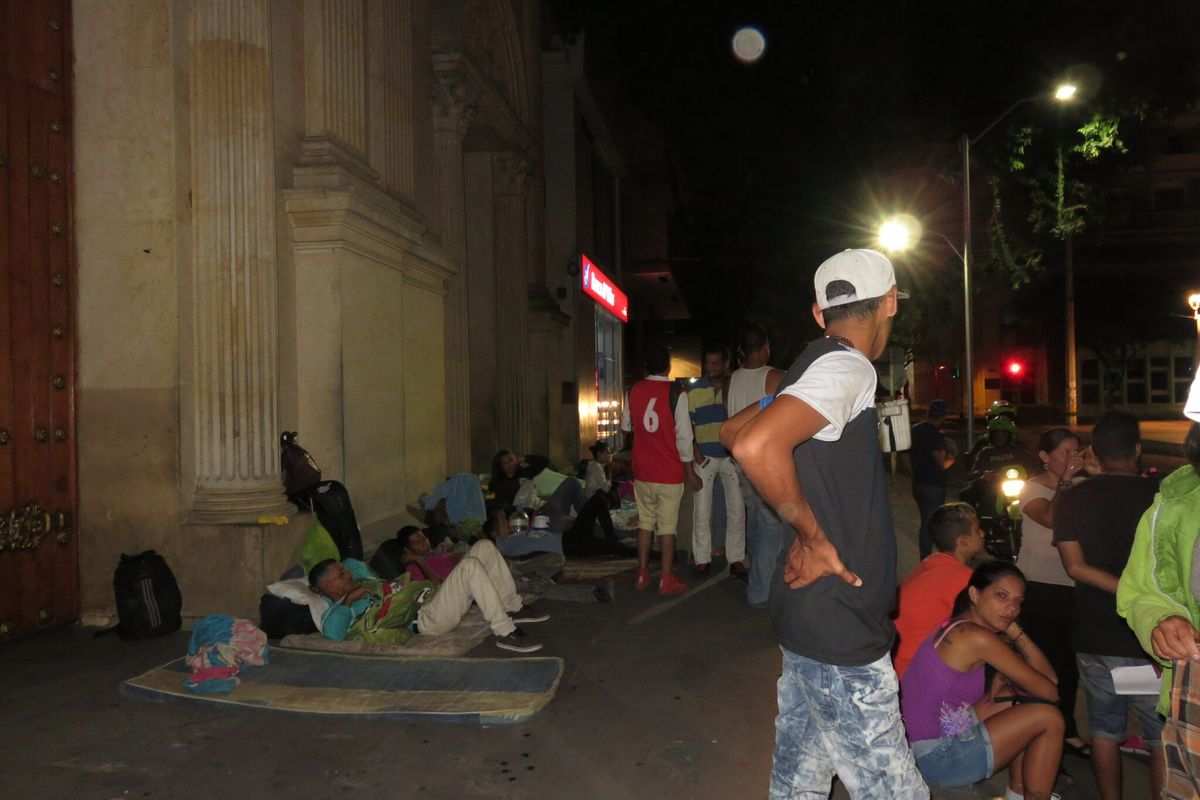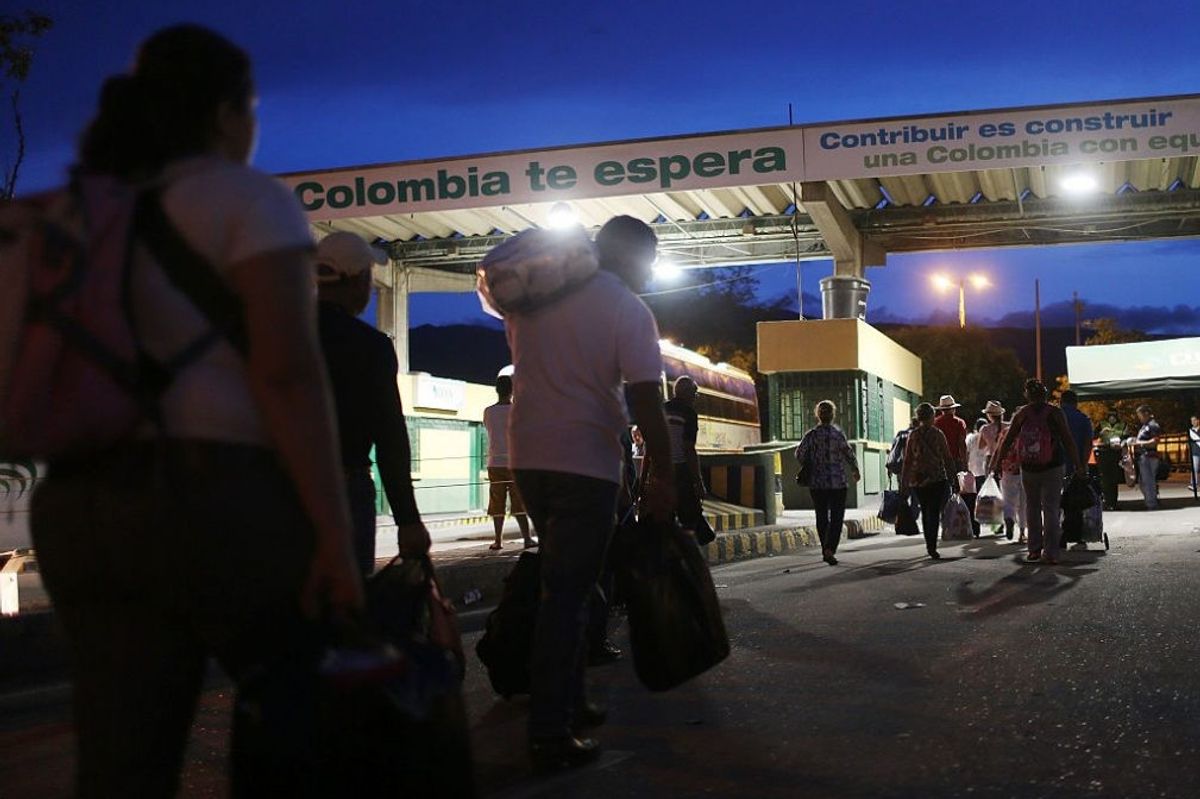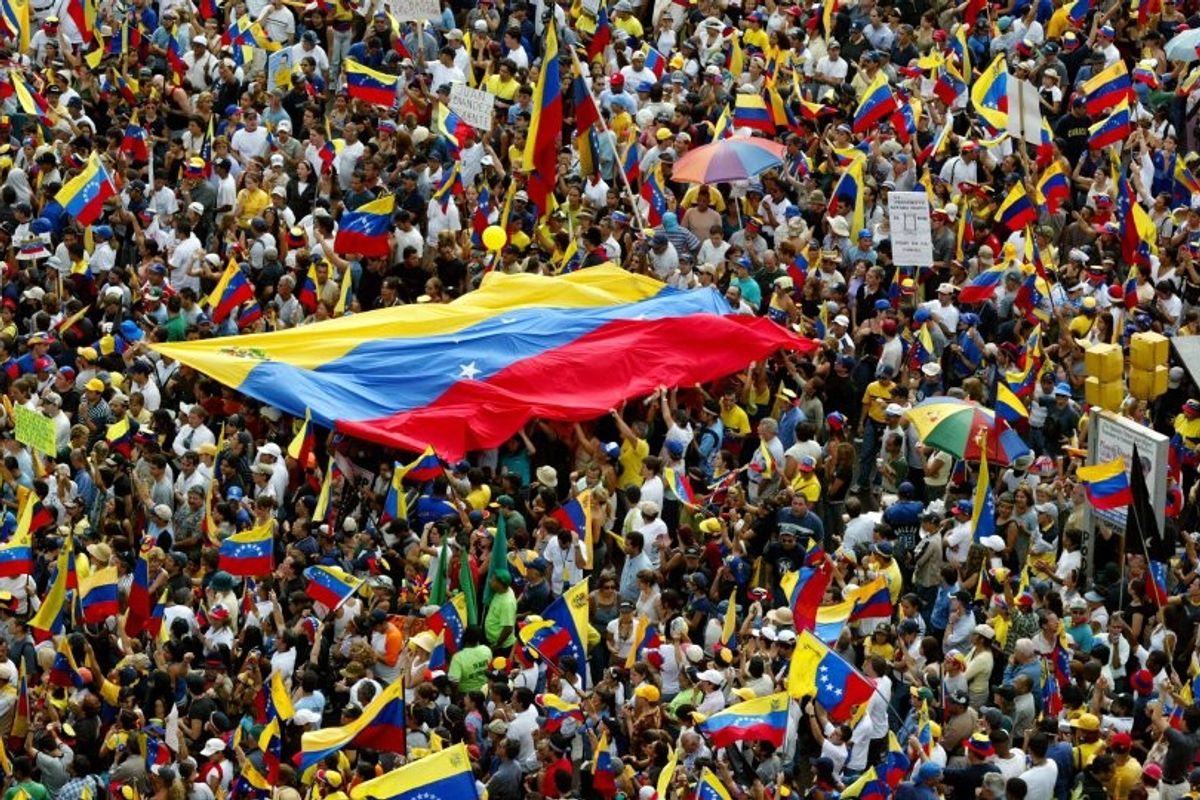On Sunday, Colombians were called upon by their government to answer a simple question, “Do you support the final agreement to end the conflict and build a stable and lasting peace?” Their answer shocked the world: by a razor-thin margin, Colombia voted down the peace agreement brokered by their government and the Revolutionary Armed Forces of Colombia (FARC).
By a difference of less than 54,000 votes out of 13 million cast – a margin of 50.2 percent to 49.8 percent – Colombian voters rejected a peace deal that was the result of four years of intense negotiations. It was an attempt to end the 52-year war with the FARC that nearly brought the country to its knees – with 220,000 killed and more than five million displaced in a conflict that saw brutal fighting between a left-wing insurgency, right-wing paramilitary groups, an often inconsistent central government and the money, influence, and armor of the United States.
Colombian President Juan Manuel Santos signed the peace deal alongside FARC leader Rodrigo Londoño-Echeverry, alias Timochenko, in Cartagena last week, but it required the approval of the Colombian people in a national referendum.
Opposition to the agreement was led by former Colombian President Alvaro Uribe, who protested the signing of the deal by marching in Cartagena, shouting “Santos is a traitor.” Uribe, now a Colombian senator, and whose father was killed by the FARC, later tweeted “with these agreements, there is neither justice nor truth for the victims.” But even Uribe, whose relentless pursuit of military victory against the FARC brought them to the negotiating table, believed the referendum would result in ratification of the deal.
Instead, in the words of Cipher Brief expert Adam Isacson, the Senior Associate for Defense Oversight at the Washington Office on Latin America, the vote delivered a “shocking result that has sent the government of President Juan Manuel Santos into profound crisis.”
Voters who opposed the deal reportedly could not reconcile themselves with provisions enabling transitional justice, reintegration, and political participation by the former FARC guerrillas. Without question, the war with the FARC brutalized Colombia, and crimes such as the murder of civilians, extortion, kidnapping, and use of child soldiers are not easily forgotten.
Under the terms of the agreement, the FARC promised to end its involvement in the trafficking of illegal narcotics (the FARC financed much of its fighting with the lucrative cocaine trade that has plagued Colombia for decades), put down its arms, and submit to a war-crimes tribunal. Fighters would demobilize and hand in their weapons to a UN commission within five months – an effective amnesty, according to critics. FARC leaders who confessed to war crimes would not serve jail time; rather, they would be sentenced to rebuild war-torn villages or remove landmines, and face “effective restrictions of liberty” – an undefined term that clearly did not satisfy enough of the Colombian electorate. The FARC would then become a political party and be guaranteed five senate seats and five seats in the house of representatives – regardless of votes received in the 2018 Colombian elections.
Some Colombians also felt the government should have eschewed negotiations and instead defeated the FARC militarily. According to I. William Zartman of the Johns Hopkins School of Advanced International Studies, former President Uribe’s message was “’why negotiate now when we’re just at the point of beating them?’” But that, according to Zartman, was misleading. “It’s impossible to beat the FARC” on the battlefield, he says.
So what happens next – will violence return to Colombia? No, says President Santos, who announced the bilateral ceasefire would remain in place, despite the results. Though he had previously stated that there was “no Plan B” to end the war, both the President and Timochenko announced their intentions to continue “the search for peace.” Government negotiators returned to Havana, Cuba to meet with FARC leaders.
However, prospects for a deal that would win the approval of the Colombian people are unclear at best – both sides have said the agreement submitted for referendum was the “best possible” option.
Though the FARC is not in a position to prosecute a war as it has in the past, it still has some 5,800 fighters left. And while the bilateral ceasefire remains in place for now, there is no guarantee it will last if a new agreement is not reached – and approved – in the near future.
“To prevent centrifugal forces from tearing the peace process apart in this post-no reality, the process needs a sense of renewed momentum, as soon as possible,” said Isacson. “It needs an agenda, a timetable, and a sense of what is achievable.”
Meanwhile, key elements of the deal are in limbo – including critically needed rural development and the eradication of coca fields. The underlying triggers of the violence – inequality, weak governance (particularly in rural areas), and the ever-present drug trade – still remain. Peace in Colombia, it seems, remains elusive.









